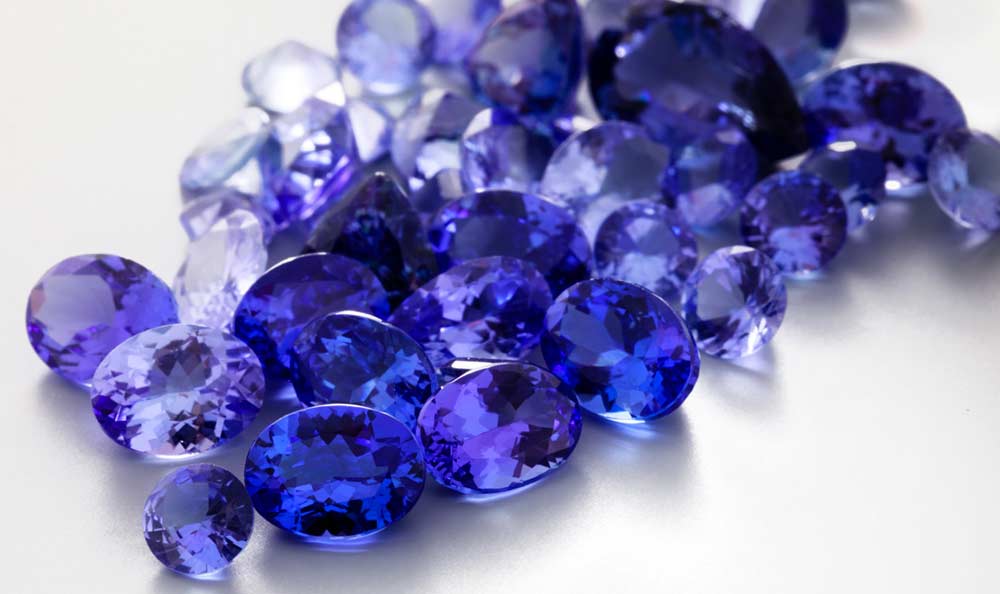Tanzanite mining has had a colorful history since Ali Juuyawaatu stumbled upon the blue gemstone in the late 1960’s.
In later years, the conflict has developed between the traditional miners and large scale mining firm Tanzanite One. This article explores the reasons for this.
In the early years, during Tanzania’s dalliance with socialism, the Tanzanite mines were nationalized and run by a state corporation called STAMICO. In 1990, following the demise of socialism in Tanzania, the Tanzanian Government demarcated the mining area; a narrow strip along the Merelani hills, approximately 5 km north of Mererani township, into four Blocks denoted A, B, C and D as shown below.
Block A was awarded to Kilimanjaro Mines Ltd, Blocks B and D to small-scale miners through the Arusha Regional Miners Association (AREMA)and Block C to a graphite miner called Graphtan Inc which subsequently went bust in 1996. Africa was at that stage, seeing an influx of South African companies entering local markets as apartheid ended in their own country and they looked further afield for opportunities.
Graphtan’s licence to Block C was purchased by a South African company called AFGEM. Using the staff and the equipment of Graphtan, AFGEM started producing Tanzanite in 2001. In 2004 the Tanzanite One group acquired AFGEM’s Tanzanite business and assets.
From 2004 to 2015 Tanzanite One group mined Block C constituted as an offshore company registered in Bermuda but listed on the London stock exchange. When South African registered AFGEM sold the mine to the Tanzanite One Group in 2004 the senior staff members were kept. Most of these were South African citizens, including all top management and even the site manager. This led to conflict between the small scale Tanzanian miners who had traditionally mined the area and the foreign newcomers who they perceived as exploiting their resources and repatriating profits with little direct benefit to the Merelani community. This conflict escalated when Tanzanite One elected to follow the business model De Beers had used in the Diamond industry by appointing a series of “sightholders” mainly based in India where they exported their rough production to be cut.
They ostensibly envisaged using this model to control the supply to market with a view to forcing up prices. They established a well run and imaginative “pull marketing campaign” in major developed markets designed to create demand at the consumer level using their Tanzanite Foundation marketing arm. This campaign, centered around their “Mark of Rarity”, strongly implied that unless a Tanzanite was purchased from Tanzanite One and carried its “Mark of Rarity” certificate it was of suspect pedigree.
This further alienated the small-scale miners who prior to Tanzanite One’s entrance to the mining area, had been the discoverers and traditional miners of Tanzanite.
The small-scale mining sector in Mererani is concentrated in Block B and Block
D. There are approximately 700 mines according to AREMA, each of them holding a
Primary Mining License. The PML license is only available for
Tanzanian nationals. Block B and D are heavy concentrated and the mines are located
very close to each other. Whilst all work with a PML, the equipment and technology
used varies from mine to mine. The most basic mines only have a lateral hole in the
ground that they operate with either a ladder or a rope, while some mines use more modern
Working in this sector is no bed of roses. Conditions are tough and working hours long. Most miners work as cooperative groups with a profit share – equal shares of Tanzanite discovered for each miner in the group, but this also means equal shares of nothing when no Tanzanite is found, as frequently happens for months on end in some mining claims. Many miners carry second jobs in farming to alleviate this. This is becoming more prevalent as Tanzanite become scarcer and more difficult to find deep down at over 400 metres.


